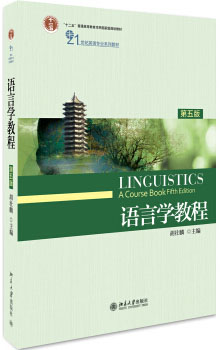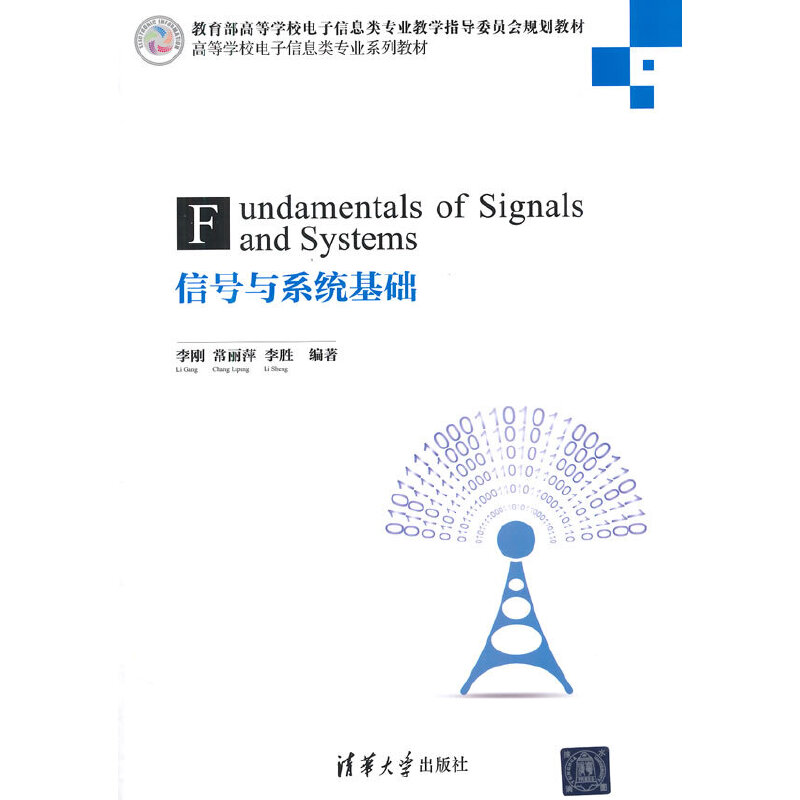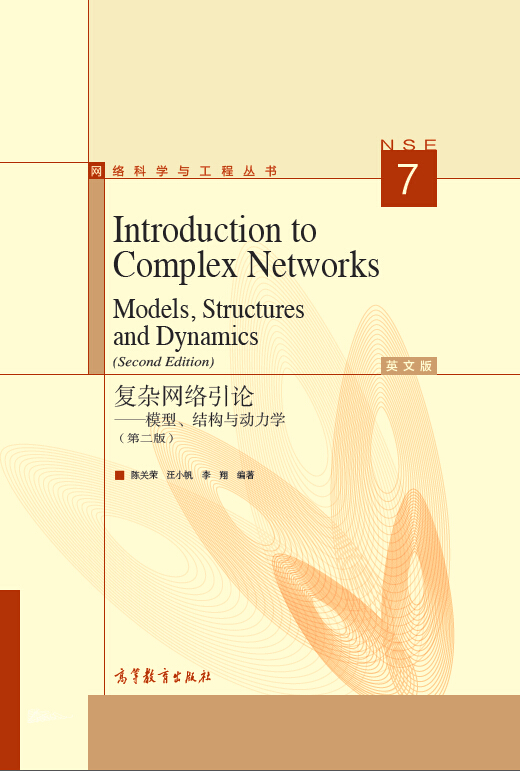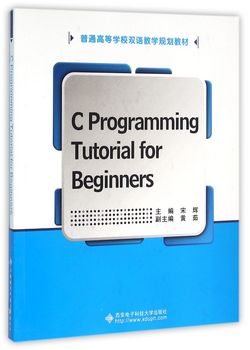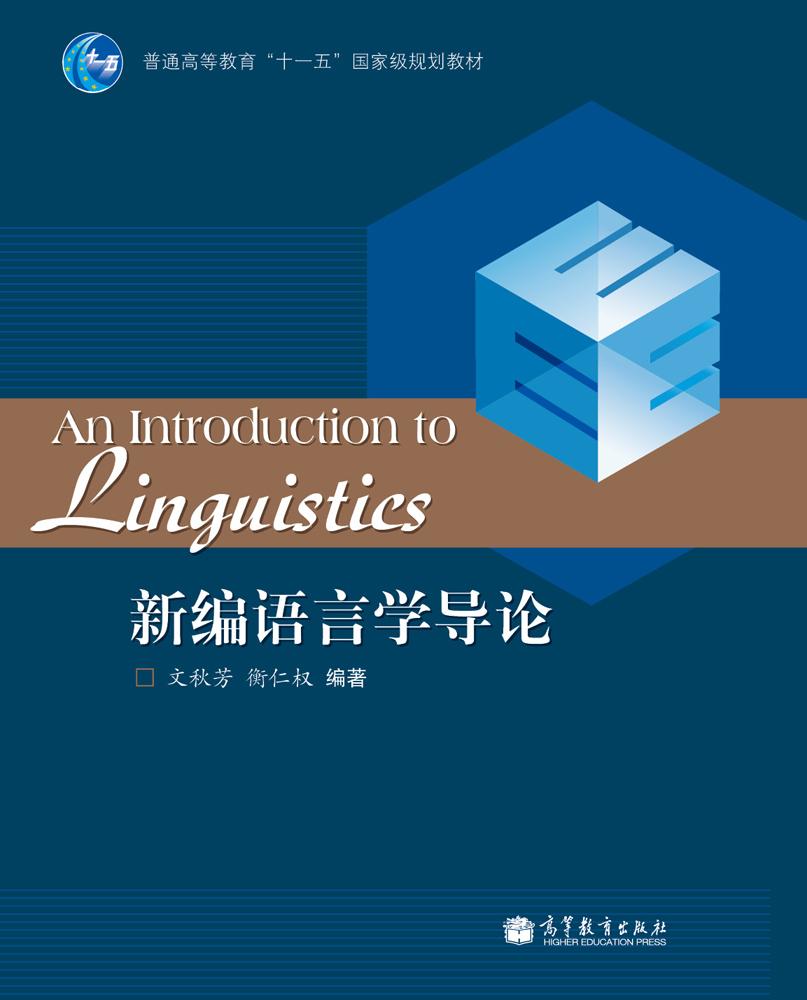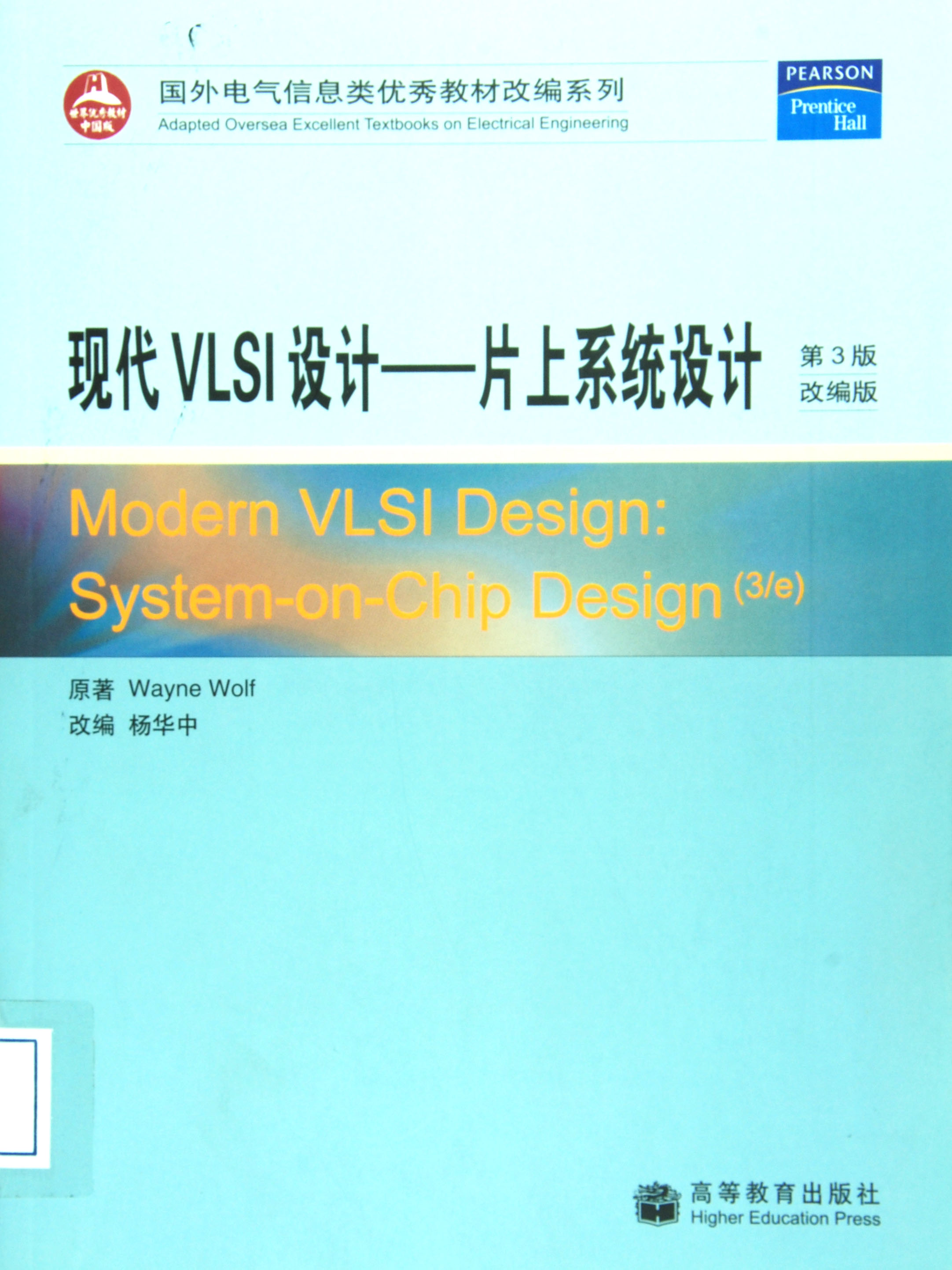语言学教程(第五版) / 21世纪英语专业系列教材
¥48.00定价
作者: 胡壮麟
出版时间:2017-04
出版社:北京大学出版社
“十二五”普通高等教育本科国家级规划教材全国优秀教材一等奖
- 北京大学出版社
- 9787301281932
- 5版
- 152644
- 44230940-7
- 平装
- 16开
- 2017-04
- 250
- 388
- 文学
- 中国语言文学
- 语言学
- 本科
作者简介
内容简介
《语言学教程》自1988年首次出版以来,改版四次,印刷八十余次,发行量达二百万册。目前已被国内高等院校普遍作为英语专业本科、硕士语言学方向必修教材以及考研必读教材,并吸引了大量对语言学感兴趣的非英语专业读者。是国内权威的语言学教材,具有较高的社会影响力和教学、科研认可度。此次改版,编辑部事先通过网上信息搜集、访谈等方式,就一线教师和学生对该教材的使用情况进行了调查。后经本书主编、副主编和出版社方面的讨论,一致达成如下修改方案:
1. 难度上不做大的变动。2. 全书的总体框架不变,章节不变。3.根据一线教师的需求,一方面在教程中增加一些生动的,贴近生活的例子来解释、说明专业术语和理论;另一方面,内容更新,与时俱进,就近些年来语言学研究的新发展和新热点加以补充和阐释,如将近些年来很热点的认知语言学部分进行扩充等。但从页数考虑,全书增加的内容版面要限制在第四版的10%以内。4.排版时缩小行距,使用英文版式,减少页数。以便定价让学生更能接受。
1. 难度上不做大的变动。2. 全书的总体框架不变,章节不变。3.根据一线教师的需求,一方面在教程中增加一些生动的,贴近生活的例子来解释、说明专业术语和理论;另一方面,内容更新,与时俱进,就近些年来语言学研究的新发展和新热点加以补充和阐释,如将近些年来很热点的认知语言学部分进行扩充等。但从页数考虑,全书增加的内容版面要限制在第四版的10%以内。4.排版时缩小行距,使用英文版式,减少页数。以便定价让学生更能接受。
目录
CONTENTS
Chapter 1Invitations to Linguistics1.1Why Study Language1.2What Is Language1.3Design Features of Language1.3.1Arbitrariness1.3.2Duality1.3.3Creativity1.3.4Displacement1.4Origin of Language1.5Functions of Language1.5.1Informative Function1.5.2Interpersonal Function1.5.3Performative Function1.5.4Emotive Function1.5.5Phatic Communion1.5.6Recreational Function1.5.7Metalingual Function1.6What Is Linguistics1.7Main Branches of Linguistics1.7.1Phonetics1.7.2Phonology1.7.3Morphology1.7.4Syntax1.7.5Semantics1.7.6Pragmatics1.8Macrolinguistics1.8.1Psycholinguistics1.8.2Sociolinguistics1.8.3Anthropological Linguistics1.8.4Computational Linguistics1.9Important Distinctions in Linguistics1.9.1Descriptive vs. Prescriptive1.9.2Synchronic vs. Diachronic1.9.3Langue & Parole1.9.4Competence & PerformanceChapter 2Speech Sounds2.1Speech Production and Phonetic Transcription2.1.1Speech Production2.1.2Phonetic Transcription—The IPA2.2Consonants and Vowels2.2.1Consonants2.2.2Vowels2.2.3The Sounds of English2.3Phonological Analysis2.3.1Phonemes2.3.2Allophones2.3.3Phonological Rules2.3.4Rule Ordering2.4Suprasegmentals2.4.1Syllable2.4.2Sonority Scale2.4.3Stress2.4.4Intonation and ToneChapter 3Words and Morphology3.1The Nature of Words3.1.1What Is a word3.1.2Content Words and Function Words3.2Types of Morphemes3.3Morphological Processes3.3.1Derivation3.3.2Compounding3.3.3Inflection3.3.4Minor Morphological ProcessesChapter 4From Word to Text4.1Syntactic Relations4.1.1Positional Relation4.1.2Relation of Substitutability4.1.3Relation of CoOccurrence4.2Grammatical Construction and Its Constituents4.2.1Grammatical Construction4.2.2Immediate Constituents4.2.3Endocentric and Exocentric Constructions4.2.4Coordination and Subordination4.3Syntactic Function4.3.1Subject4.3.2Predicate4.3.3Object4.3.4The Relation between Classes and
Functions4.4Category4.4.1Number4.4.2Gender4.4.3Case4.4.4Agreement4.5Phrase, Clause and Sentence4.5.1Phrase4.5.2Clause4.5.3Sentence4.6Recursiveness4.6.1Conjoining4.6.2Embedding4.7Beyond the Sentence4.7.1Sentential Connection4.7.2Cohesion4.7.3CoherenceChapter 5Meaning5.1Meanings of “Meaning”5.2The Referential Theory5.3Sense Relations5.3.1Synonymy5.3.2Antonymy5.3.3Hyponymy5.4Componential Analysis5.5Sentence Meaning5.5.1Cognitive Semantics5.5.2Logical SemanticsChapter 6Language and Cognition6.1What Is Cognition6.2Three Approaches to Language and
Cognition6.3What Is Psycholinguistics6.4Language Acquisition6.4.1Holophrastic Stage6.4.2TwoWord Stage6.4.3Stage of ThreeWord Utterances6.4.4Fluent Grammatical Conversation Stage6.5Language Comprehension6.5.1Word Recognition 6.5.2Comprehension of Sentences 6.5.3Comprehension of Text 6.6Language Production6.6.1Access to Words 6.6.2Generation of Sentences 6.6.3Written Language Production 6.7What Is Cognitive Linguistics6.8Construal and Construal Operations6.8.1Attention/Salience6.8.2Judgment/Comparison6.8.3Perspective/Situatedness6.9Categorization6.9.1Basic level6.9.2Superordinate level6.9.3Subordinate level6.10Image Schemas6.11Metaphor6.11.1Structural Metaphors6.11.2Orientational Metaphors6.11.3Ontological Metaphors6.12Metonymy6.12.1Whole ICM and Its Part(s)6.12.2Parts of an ICM6.13Blending TheoryChapter 7Language, Culture, and Society7.1Language and Culture7.1.1How Does Language Relate to
Culture7.1.2More about the SapirWhorf
Hypothesis7.1.3Case Studies7.1.4To What Extent Do We Need Culture
in Our Linguistic Study7.1.5Culture in Language Teaching
Classroom7.2Language and Society7.2.1How Does Language Relate to
Society7.2.2A Situationally and Socially Variationist
Perspective7.2.3What Should We Know More about
Sociolinguistics7.2.4What Implications Can We Get from
Sociolinguistics7.3CrossCultural Communication7.3.1What Should We Know All about
CrossCultural Communication7.3.2Case Studies7.4SummaryChapter 8Language in Use8.1Speech Act Theory8.1.1Performatives and Constatives8.1.2A Theory of the Illocutionary Act8.2The Theory of Conversational Implicature8.2.1The Cooperative Principle8.2.2Violation of the Maxims8.2.3Characteristics of Implicature8.3PostGricean Developments8.3.1Relevance Theory8.3.2The Q and Rprinciples8.3.3The Q, I and Mprinciples8.3.4A SocioCognitive ApproachChapter 9Language and Literature9.1Introduction9.2Some General Features of the Literary
Language9.2.1Foregrounding and the Grammatical
Form9.2.2Literal Language and Figurative
Language9.2.3The Analysis of Literary Language9.3The Language in Poetry9.3.1Sound Patterning9.3.2Different Forms of Sound Patterning9.3.3Stress and Metrical Patterning9.3.4Conventional Forms of Metre and
Sound9.3.5The Poetic Functions of Sound and
Metre9.3.6How to Analyse Poetry9.4The Language in Fiction9.4.1Fictional Prose and Point of View9.4.2Speech and Thought Presentation9.4.3Prose Style9.4.4How to Analyse the Language of
Fiction9.5The Language in Drama9.5.1How Should We Analyse Drama9.5.2Analysing Dramatic Language9.5.3How to Analyse Dramatic Texts9.6The Cognitive Approach to Literature9.6.1Theoretical Background9.6.2An Example of Cognitive AnalysisChapter 10Language and Computer10.1Introduction 10.2ComputerAssisted Instruction(CAI)10.2.1CAI, CAL, CALL10.2.2CALL Development and Technology10.2.3MOOC10.3Machine Translation10.3.1History of Development10.3.2Research Methods10.3.3MT and the Internet10.3.4Speech Translation10.3.5MT and Human Translation10.3.6MT Quality10.4Corpus Linguistics10.4.1Definition10.4.2Criticisms and the Revival of Corpus
Linguistics10.4.3Concordance10.4.4Text Encoding and Annotation10.4.5The Roles of Corpus Data10.5Computer Mediated Communication10.5.1Mail and News10.5.2PowerPoint 10.5.3Blog10.5.4Chatroom, Facebook, WeChat 10.5.5Emoticons and SmileysChapter 11Second and Foreign Language Teaching11.1Introduction11.2Language Learning11.2.1Grammar in Language Learning11.2.2Input in Language Learning11.2.3Interlanguage in Language Learning11.3Language Teaching11.3.1The DiscourseBased View of Language
Teaching11.3.2The Universal Grammar and Language
Teaching11.4Syllabus Design11.4.1A Clarification of Terms: Syllabus and
Curriculum 11.4.2Theoretical Views Behind Syllabus
Design11.4.3Types of Syllabus11.4.4Current Trends in Syllabus Design11.5Contrastive Analysis and Error Analysis11.5.1Contrastive Analysis (CA)11.5.2Error Analysis (EA)11.6The Use of Corpus in Language Teaching11.6.1Types of Corpora11.6.2The Uses of Corpora11.7Foreign Language Education Policy11.8SummaryChapter 12Theories and Schools of Modern Linguistics12.1Introduction12.2The Prague School12.2.1Introduction12.2.2Phonology and Phonological
Oppositions12.2.3Functional Sentence Perspective (FSP)12.3The London School12.3.1Malinowski’s Theories12.3.2Firth’s Theories12.3.3Halliday and SystemicFunctional
Grammar12.3.4Appliable Linguistics12.4American Structuralism12.4.1Early Period: Boas and Sapir12.4.2Bloomfield’s Theory12.4.3PostBloomfieldian Linguistics12.5TransformationalGenerative Grammar12.5.1The Innateness Hypothesis12.5.2What Is a Generative Grammar12.5.3The Classical Theory12.5.4The Standard Theory12.5.5The Extended Standard Theory12.5.6The Government and Binding Theory12.5.7The Minimalist Program and After12.5.8Chomsky’s Fundamental Contribution12.6Revisionists or Rebels12.6.1Case Grammar12.6.2Generative SemanticsBibliographyGlossary and Index
Chapter 1Invitations to Linguistics1.1Why Study Language1.2What Is Language1.3Design Features of Language1.3.1Arbitrariness1.3.2Duality1.3.3Creativity1.3.4Displacement1.4Origin of Language1.5Functions of Language1.5.1Informative Function1.5.2Interpersonal Function1.5.3Performative Function1.5.4Emotive Function1.5.5Phatic Communion1.5.6Recreational Function1.5.7Metalingual Function1.6What Is Linguistics1.7Main Branches of Linguistics1.7.1Phonetics1.7.2Phonology1.7.3Morphology1.7.4Syntax1.7.5Semantics1.7.6Pragmatics1.8Macrolinguistics1.8.1Psycholinguistics1.8.2Sociolinguistics1.8.3Anthropological Linguistics1.8.4Computational Linguistics1.9Important Distinctions in Linguistics1.9.1Descriptive vs. Prescriptive1.9.2Synchronic vs. Diachronic1.9.3Langue & Parole1.9.4Competence & PerformanceChapter 2Speech Sounds2.1Speech Production and Phonetic Transcription2.1.1Speech Production2.1.2Phonetic Transcription—The IPA2.2Consonants and Vowels2.2.1Consonants2.2.2Vowels2.2.3The Sounds of English2.3Phonological Analysis2.3.1Phonemes2.3.2Allophones2.3.3Phonological Rules2.3.4Rule Ordering2.4Suprasegmentals2.4.1Syllable2.4.2Sonority Scale2.4.3Stress2.4.4Intonation and ToneChapter 3Words and Morphology3.1The Nature of Words3.1.1What Is a word3.1.2Content Words and Function Words3.2Types of Morphemes3.3Morphological Processes3.3.1Derivation3.3.2Compounding3.3.3Inflection3.3.4Minor Morphological ProcessesChapter 4From Word to Text4.1Syntactic Relations4.1.1Positional Relation4.1.2Relation of Substitutability4.1.3Relation of CoOccurrence4.2Grammatical Construction and Its Constituents4.2.1Grammatical Construction4.2.2Immediate Constituents4.2.3Endocentric and Exocentric Constructions4.2.4Coordination and Subordination4.3Syntactic Function4.3.1Subject4.3.2Predicate4.3.3Object4.3.4The Relation between Classes and
Functions4.4Category4.4.1Number4.4.2Gender4.4.3Case4.4.4Agreement4.5Phrase, Clause and Sentence4.5.1Phrase4.5.2Clause4.5.3Sentence4.6Recursiveness4.6.1Conjoining4.6.2Embedding4.7Beyond the Sentence4.7.1Sentential Connection4.7.2Cohesion4.7.3CoherenceChapter 5Meaning5.1Meanings of “Meaning”5.2The Referential Theory5.3Sense Relations5.3.1Synonymy5.3.2Antonymy5.3.3Hyponymy5.4Componential Analysis5.5Sentence Meaning5.5.1Cognitive Semantics5.5.2Logical SemanticsChapter 6Language and Cognition6.1What Is Cognition6.2Three Approaches to Language and
Cognition6.3What Is Psycholinguistics6.4Language Acquisition6.4.1Holophrastic Stage6.4.2TwoWord Stage6.4.3Stage of ThreeWord Utterances6.4.4Fluent Grammatical Conversation Stage6.5Language Comprehension6.5.1Word Recognition 6.5.2Comprehension of Sentences 6.5.3Comprehension of Text 6.6Language Production6.6.1Access to Words 6.6.2Generation of Sentences 6.6.3Written Language Production 6.7What Is Cognitive Linguistics6.8Construal and Construal Operations6.8.1Attention/Salience6.8.2Judgment/Comparison6.8.3Perspective/Situatedness6.9Categorization6.9.1Basic level6.9.2Superordinate level6.9.3Subordinate level6.10Image Schemas6.11Metaphor6.11.1Structural Metaphors6.11.2Orientational Metaphors6.11.3Ontological Metaphors6.12Metonymy6.12.1Whole ICM and Its Part(s)6.12.2Parts of an ICM6.13Blending TheoryChapter 7Language, Culture, and Society7.1Language and Culture7.1.1How Does Language Relate to
Culture7.1.2More about the SapirWhorf
Hypothesis7.1.3Case Studies7.1.4To What Extent Do We Need Culture
in Our Linguistic Study7.1.5Culture in Language Teaching
Classroom7.2Language and Society7.2.1How Does Language Relate to
Society7.2.2A Situationally and Socially Variationist
Perspective7.2.3What Should We Know More about
Sociolinguistics7.2.4What Implications Can We Get from
Sociolinguistics7.3CrossCultural Communication7.3.1What Should We Know All about
CrossCultural Communication7.3.2Case Studies7.4SummaryChapter 8Language in Use8.1Speech Act Theory8.1.1Performatives and Constatives8.1.2A Theory of the Illocutionary Act8.2The Theory of Conversational Implicature8.2.1The Cooperative Principle8.2.2Violation of the Maxims8.2.3Characteristics of Implicature8.3PostGricean Developments8.3.1Relevance Theory8.3.2The Q and Rprinciples8.3.3The Q, I and Mprinciples8.3.4A SocioCognitive ApproachChapter 9Language and Literature9.1Introduction9.2Some General Features of the Literary
Language9.2.1Foregrounding and the Grammatical
Form9.2.2Literal Language and Figurative
Language9.2.3The Analysis of Literary Language9.3The Language in Poetry9.3.1Sound Patterning9.3.2Different Forms of Sound Patterning9.3.3Stress and Metrical Patterning9.3.4Conventional Forms of Metre and
Sound9.3.5The Poetic Functions of Sound and
Metre9.3.6How to Analyse Poetry9.4The Language in Fiction9.4.1Fictional Prose and Point of View9.4.2Speech and Thought Presentation9.4.3Prose Style9.4.4How to Analyse the Language of
Fiction9.5The Language in Drama9.5.1How Should We Analyse Drama9.5.2Analysing Dramatic Language9.5.3How to Analyse Dramatic Texts9.6The Cognitive Approach to Literature9.6.1Theoretical Background9.6.2An Example of Cognitive AnalysisChapter 10Language and Computer10.1Introduction 10.2ComputerAssisted Instruction(CAI)10.2.1CAI, CAL, CALL10.2.2CALL Development and Technology10.2.3MOOC10.3Machine Translation10.3.1History of Development10.3.2Research Methods10.3.3MT and the Internet10.3.4Speech Translation10.3.5MT and Human Translation10.3.6MT Quality10.4Corpus Linguistics10.4.1Definition10.4.2Criticisms and the Revival of Corpus
Linguistics10.4.3Concordance10.4.4Text Encoding and Annotation10.4.5The Roles of Corpus Data10.5Computer Mediated Communication10.5.1Mail and News10.5.2PowerPoint 10.5.3Blog10.5.4Chatroom, Facebook, WeChat 10.5.5Emoticons and SmileysChapter 11Second and Foreign Language Teaching11.1Introduction11.2Language Learning11.2.1Grammar in Language Learning11.2.2Input in Language Learning11.2.3Interlanguage in Language Learning11.3Language Teaching11.3.1The DiscourseBased View of Language
Teaching11.3.2The Universal Grammar and Language
Teaching11.4Syllabus Design11.4.1A Clarification of Terms: Syllabus and
Curriculum 11.4.2Theoretical Views Behind Syllabus
Design11.4.3Types of Syllabus11.4.4Current Trends in Syllabus Design11.5Contrastive Analysis and Error Analysis11.5.1Contrastive Analysis (CA)11.5.2Error Analysis (EA)11.6The Use of Corpus in Language Teaching11.6.1Types of Corpora11.6.2The Uses of Corpora11.7Foreign Language Education Policy11.8SummaryChapter 12Theories and Schools of Modern Linguistics12.1Introduction12.2The Prague School12.2.1Introduction12.2.2Phonology and Phonological
Oppositions12.2.3Functional Sentence Perspective (FSP)12.3The London School12.3.1Malinowski’s Theories12.3.2Firth’s Theories12.3.3Halliday and SystemicFunctional
Grammar12.3.4Appliable Linguistics12.4American Structuralism12.4.1Early Period: Boas and Sapir12.4.2Bloomfield’s Theory12.4.3PostBloomfieldian Linguistics12.5TransformationalGenerative Grammar12.5.1The Innateness Hypothesis12.5.2What Is a Generative Grammar12.5.3The Classical Theory12.5.4The Standard Theory12.5.5The Extended Standard Theory12.5.6The Government and Binding Theory12.5.7The Minimalist Program and After12.5.8Chomsky’s Fundamental Contribution12.6Revisionists or Rebels12.6.1Case Grammar12.6.2Generative SemanticsBibliographyGlossary and Index

